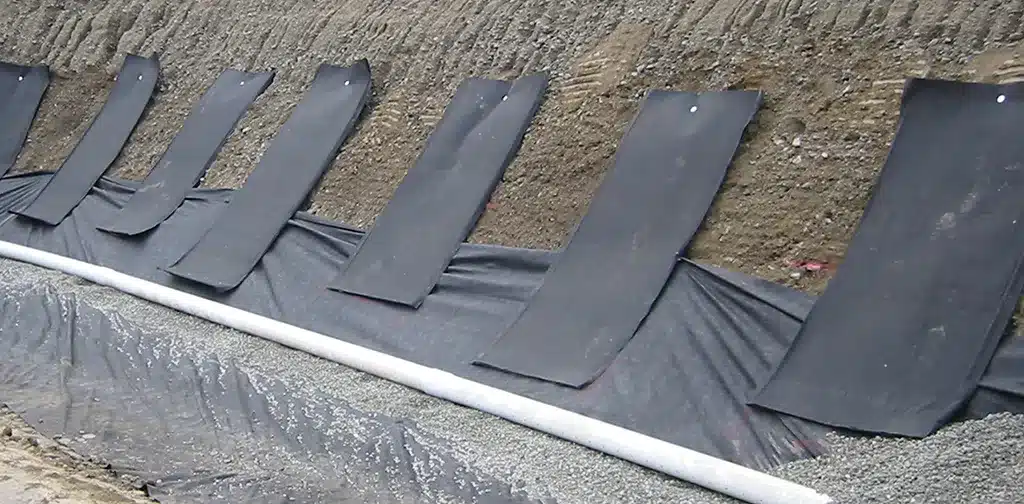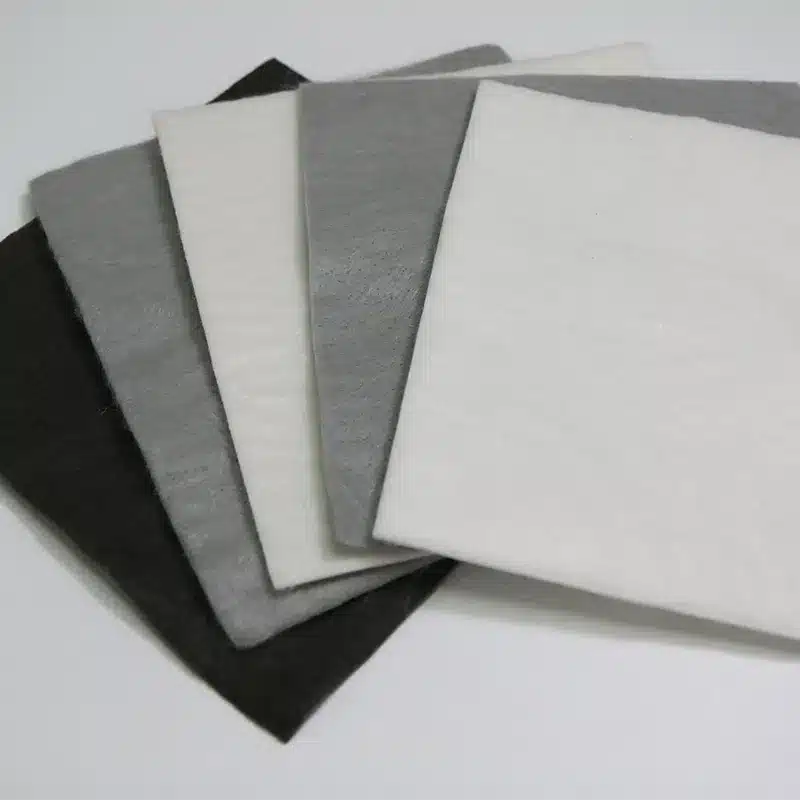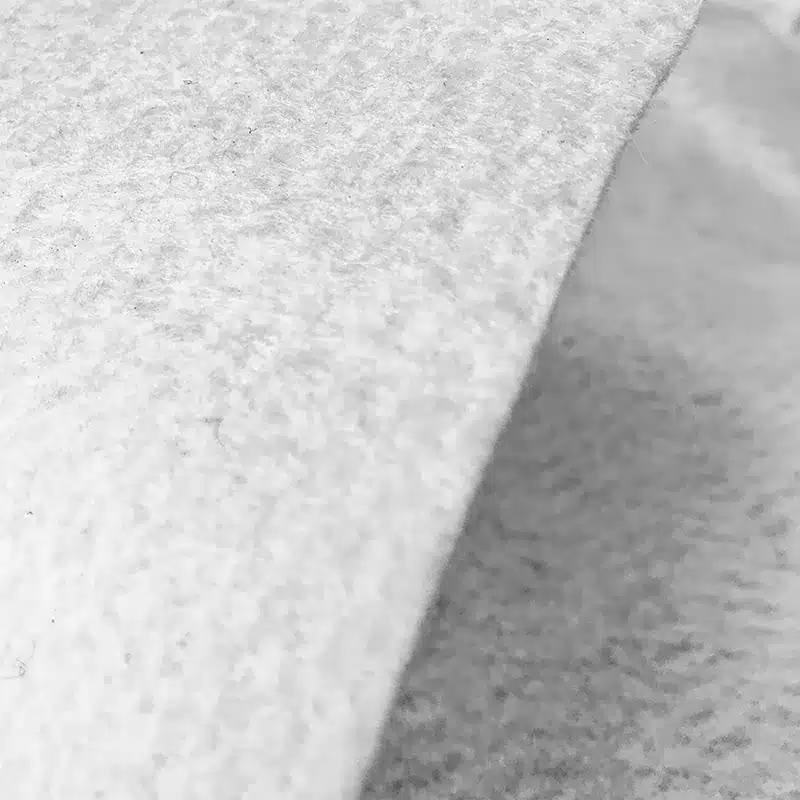+86-159 9860 6917
info@geofantex.com
geofantex@gmail.com
+86-400-8266163-44899
When constructing a driveway, ensuring its durability and longevity is essential. One effective way to achieve this is by using geotech fabric, also known as geotextile fabric. This material acts as a protective layer between the soil and the aggregate base, preventing erosion, improving drainage, and increasing the overall stability of the driveway. In this article, we will explore the different types of fabric used for driveways, discuss whether geotextile fabric is necessary, and provide guidance on how to install it correctly.
What kind of fabric is used for driveways?
The fabric commonly used for driveways is Geotextile Fabric, specifically non-woven geotextiles. These fabrics, made from synthetic materials like polyester or polypropylene, are designed to be strong, durable, and permeable. Geotextile Fabric is particularly effective in driveway applications because it allows water to pass through while preventing soil from mixing with the aggregate base, which can cause shifting and instability.

Is geotextile fabric needed for a driveway?
Yes, if you want your driveway to last, using geotextile fabric in its construction is highly recommended, especially in areas with poor soil conditions or heavy traffic. The fabric acts as a separator between the soil and the aggregate, preventing the base from sinking into the soil and reducing the risk of potholes or ruts forming over time. Additionally, geotextile fabric improves drainage, which is crucial for maintaining the integrity of the driveway and preventing water-related damage.
Should I put fabric under my driveway?
Yes, placing geotextile fabric under your driveway is a wise decision, although most gravel driveways don’t need landscape fabric. Geotextile fabric serves multiple purposes, including stabilizing the soil, enhancing drainage, and extending the life of your driveway. By preventing the mixing of soil and aggregate, the fabric ensures that the base remains strong and intact, reducing the likelihood of costly repairs in the future. Whether you are building a new driveway or renovating an existing one, incorporating geotextile fabric can provide long-term benefits.
How to install geotextile fabric for a driveway?
Installing geotextile fabric for a driveway is a straightforward process:
| Prepare the Site | Clear the area of any vegetation, rocks, or debris. Excavate the soil to the desired depth, ensuring the ground is level. |
| Lay the Fabric | Unroll the geotextile fabric over the prepared area, making sure it covers the entire surface. Overlap the edges of the fabric by at least 6 inches to ensure full coverage. |
| Secure the Fabric | Use landscape staples or pins to secure the fabric in place, especially along the edges and any seams. |
| Add the Base Material | Spread a layer of aggregate (such as gravel or crushed stone) over the fabric, making sure it is evenly distributed. Compact the base material using a plate compactor to create a stable foundation. |
| Finish the Driveway | Finally, add the top layer of material, such as asphalt, concrete, or pavers, and compact it to complete the driveway. |
Geotech fabric is a valuable addition to driveway construction, offering benefits such as improved stability, enhanced drainage, and extended lifespan. By choosing the right type of fabric and installing it correctly, you can protect your driveway from erosion, shifting, and water damage, ensuring it remains in excellent condition for years to come. Whether you are constructing a new driveway or upgrading an existing one, incorporating geotextile fabric is a smart investment in the durability and longevity of your property.



Get Free Sample
We’ll respond as soon as possible(within 12 hours)






















